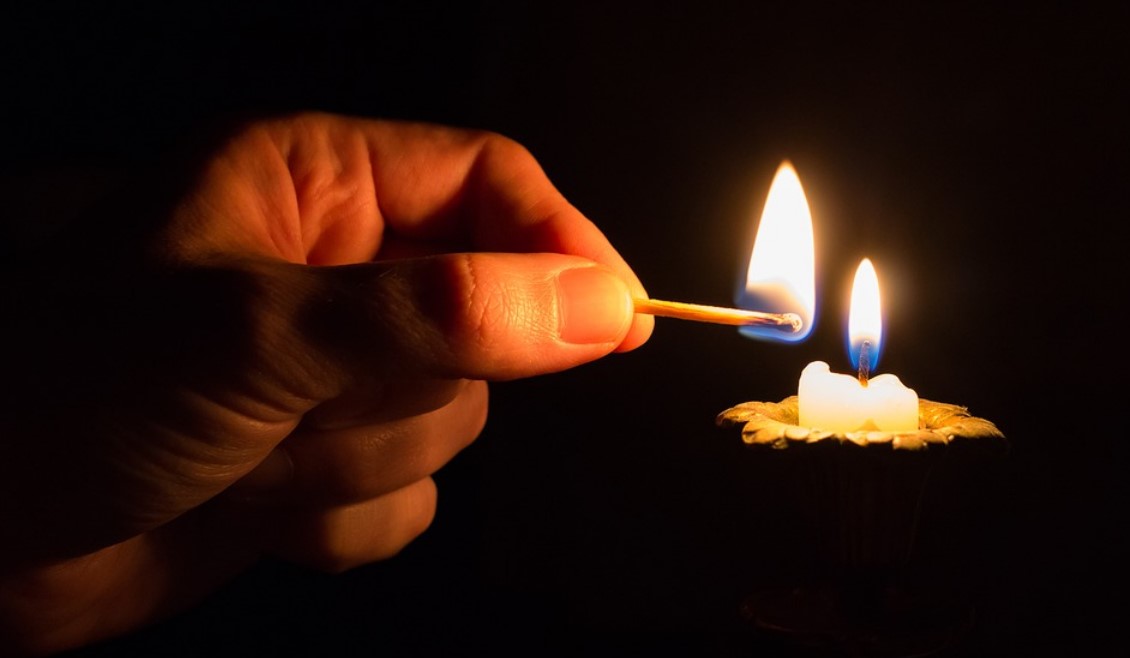 By B.N. Frank
By B.N. Frank
According to the company website, Smart Grid – AEP Ohio:
“As of 2021, AEP Ohio has installed more than one million smart meters in its customers’ homes and businesses. A proposal to install smart meters to the remaining AEP Ohio customers is being evaluated by the Public Utilities Commission of Ohio. If approved, AEP Ohio will communicate with those customers on an expected installation date.”
Opposition to “Smart” Meters (electric, gas, and water) has been worldwide since they first started being deployed due to various issues associated with them including
- their costs are often being passed on to customers
- they have short life spans and have been associated with mechanical problems which cause them to sometimes catch fire and/or explode (see 1, 2, 3, 4, 5)
- they emit biologically harmful radiation (see 1, 2, 3)
Nevertheless, utility companies in the U.S. and worldwide continue to install them because “Smart” Meters allow them to remotely turn off customers’ service as well as collect customer usage data 24/7 and sell it to 3rd parties (see 1, 2). Traditional 1-way transmitting analog meters don’t allow utilities to do that.
Only time will tell whether AEP Ohio’s emergency disconnection “to preserve the grid” had much if anything to do with the one million “Smart” Meters it has already installed. In the meantime, some groups are accusing the company of targeting low-income communities when they shut off power earlier this week.
From Columbus Dispatch:
Did AEP outages disproportionately impact poor city neighborhoods? Here’s what data shows
Jennifer Smola Shaffer Jim Weiker
The Columbus Dispatch
Columbus civic leaders continued to seek answers Thursday about how AEP decided which neighborhoods to cut power to this week and whether appropriate steps were taken to notify customers in advance of the outages.
The NAACP Columbus chapter again questioned AEP Thursday, calling for additional answers as to how the utility determines areas that will be without service, and whether AEP notified residents, governments and social service agencies prior to the shutdown. The questions followed statements from NAACP leaders Wednesday raising concerns that areas in Columbus affected by the outage included many low-income and minority neighborhoods.
“The NAACP’s concern is that these outages will add to the growing list of health, environmental and crime rates in these communities,” the NAACP said in a statement Thursday. “We also need to know what this community can expect moving forward in these dog days of summer.”
Columbus outages:As AEP Ohio continues to restore power, calls grow for an investigation into power outage
City of Columbus officials also contacted AEP about the outages and the direct impact on those poorer neighborhoods, city spokeswoman Melanie Crabill said Thursday.
“We asked AEP the same question because we were being asked by residents,” Crabill said. “AEP assured us that they based load shedding on circuit locations, not neighborhoods.”
Ohio Democratic lawmakers from the Columbus area also sought answers from AEP Thursday, writing in a letter that the utility has an obligation to provide customers access to services and to communicate planned outages “to limit the human and financial costs shouldered by families, cities and people with medical needs.”
The letter included a list of questions for AEP and was signed by Democratic state representatives from Franklin County, including Kristin Boggs, Rich Brown, Latyna Humphrey, Dontavius Jarrells, David Leland, Mary Lightbody, Beth Liston, Adam Miller, and Allison Russo.
“We find it troubling that AEP has no issue with customer notifications when bills are due, but when customers are faced with historic heat, limited resources and great needs, there seems to be limited or no communication about planned outages that impact the health, safety and welfare of customers,” the lawmakers wrote.
Power to most Greater Columbus AEP customers had been restored as of Thursday morning. By Thursday afternoon, about 1,400 customers in Franklin County still were without power, according to AEP outage maps.
AEP says intentional shut-offs were necessary last resort
AEP on Thursday again defended the intentional electrical shut-offs as a necessary last resort and that they were not decided on by any factors other than maintaining the operation of the electrical system.
Utility officials said AEP had to cut power to about 170,000 Columbus-area customers after Monday night and Tuesday morning storms knocked out high-voltage transmission lines in the north and southwest parts of Greater Columbus that feed power to the region.
The loss of those lines caused other transmission lines to become overloaded due to the high electric demand caused by temperatures soaring into the 90s. To prevent damage to equipment and the risk of cascading outages across a broader area, PJM Interconnection, which oversees the flow of electricity in Ohio and 12 other states, directed AEP to lower flows across the overloaded lines by reducing load.
AEP officials said they had no choice on where to cut power. Their decisions were dictated by where utility lines were most overloaded and in danger of failing, they said.
“There’s no tie whatsoever to customers, or what type of customers,” Jon Williams, AEP Ohio’s managing director of customer experience, said Wednesday. “We’re not picking and choosing locations.”
AEP spokesman Scott Blake reiterated the point in a Thursday statement: “The factor that determined which communities were impacted by the forced emergency outages was whether their local substation was served by an overloading transmission line. This was not a subjective decision made by any AEP employee, but was determined by the grid conditions caused by the storm and the hot weather.”
More:Before throwing away spoiled food due to AEP power outage, think about filing a claim
In its statement, the NAACP leaders also asked why customers were not notified that their power was to be cut off.
“There wasn’t an ability to have a heads up,” Williams said in response. “This was an emergency, it’s not a planned event.”
Dispatch analysis shows some poor but also affluent neighborhoods hit
A Dispatch analysis of the company’s shut-offs shows that while some poor neighborhoods were hit badly, so were affluent areas.
Hardest hit, with more than 90% of customers without power during the peak of the outage Wednesday afternoon, were the 43202 ZIP code, which includes the southern part of Clintonville and the Old North Columbus neighborhood; and the 43210 ZIP code, which is the University District around Ohio State.
Other neighborhood ZIP codes where at least half of customers lost power were: 43201 (The Short North, Victorian Village, Milo-Grogan and Weinland Park); 43211 (Linden); 43214 (Clintonville, Beechwold and the Riverside Methodist Hospital area); and 43221 (Upper Arlington).
So while Linden, Milo-Grogan and the University District neighborhoods have high rates of poverty, and saw high outages, The Dispatch analysis found other neighborhoods with relatively low poverty also experienced high outages including Upper Arlington and Clintonville.
In addition, many relatively prosperous communities including Dublin, Powell and Worthington, mostly maintained power Wednesday.
AEP Outages by ZIP code over time
Hover over each bar on the chart for additional information by ZIP code.
The Dispatch compiled these figures by collecting AEP Ohio outage data by ZIP code throughout the day on Wednesday, June 15. The data reflects any Franklin County ZIP codes that had more than five customers without power at the time. ZIP codes that were not experiencing AEP outages at the time of data collection are not reflected in the illustrations below. As such, some ZIP codes might be present in one illustration but not another, due to the fluctuating nature of the outages throughout the day.
In some cases, the percentage of customers with outages within a ZIP code was less than 1%. In those cases, the data was rounded to 0.50% on the illustrations below.
Poverty data was taken from the U.S. Census Bureau’s 2020 American Community Survey.
Activist Post reports regularly about utility shenanigans, “Smart” Meters, and unsafe technology. For more information, visit our archives and the following websites:
- Wireless Information Network
- Coalition to Stop Smart Meters
- StopSmartMeters.org
- Smart Meter Harm
- Smart Grid Awareness
- Smart Meter News
- Take Back Your Power
- The People’s Initiative
- EMF Safety Network
- Electromagnetic Radiation Safety
- Environmental Health Trust
- Physicians for Safe Technology
- Americans for Responsible Technology
Top image: Pixabay
Become a Patron!
Or support us at SubscribeStar
Donate cryptocurrency HERE
Subscribe to Activist Post for truth, peace, and freedom news. Follow us on SoMee, Telegram, HIVE, Flote, Minds, MeWe, Twitter, Gab, What Really Happened and GETTR.
Provide, Protect and Profit from what’s coming! Get a free issue of Counter Markets today.

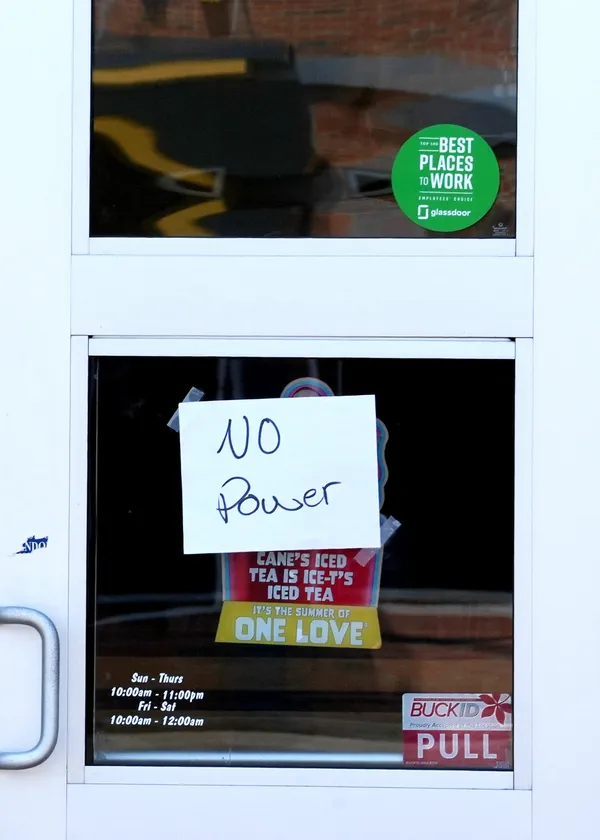
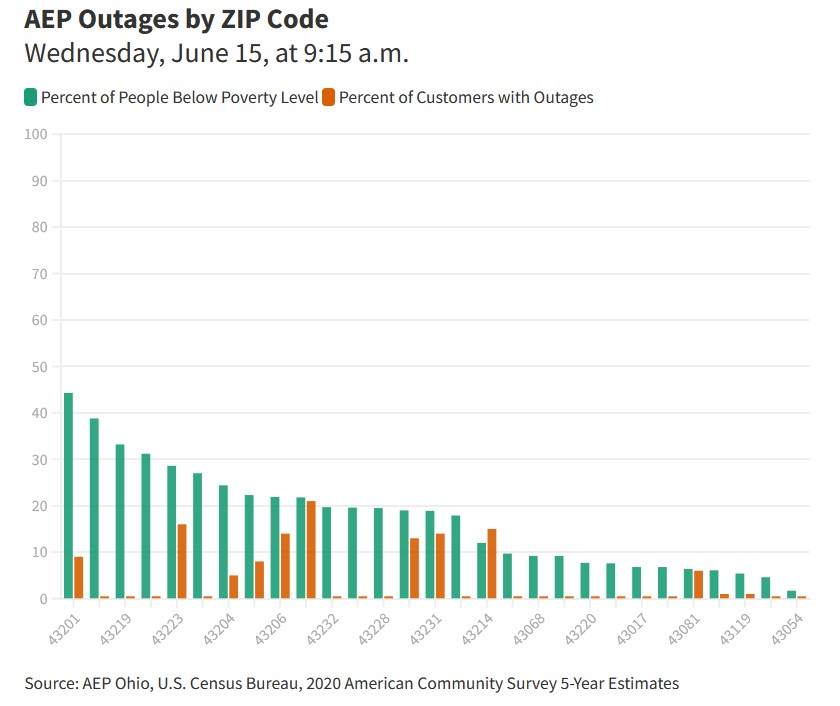
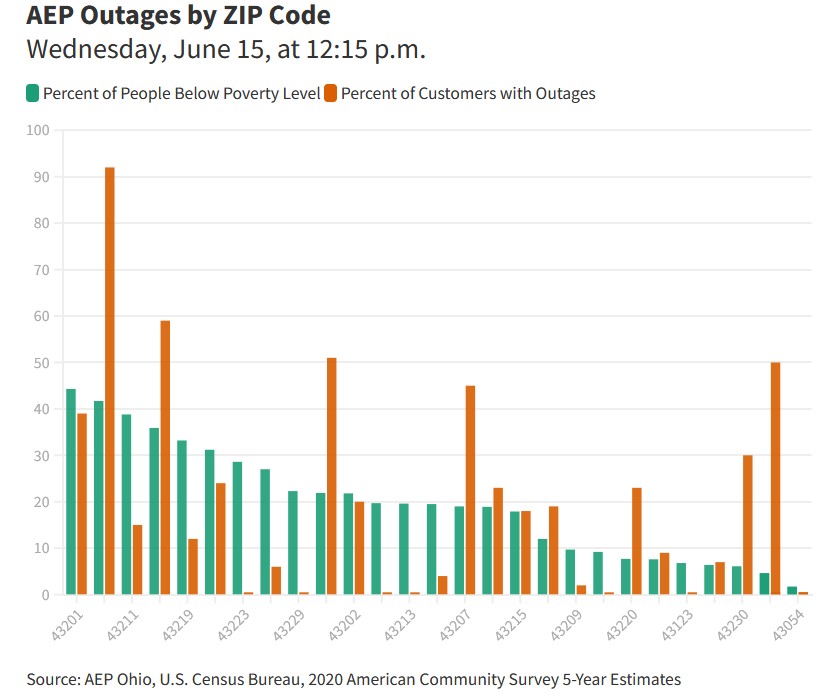
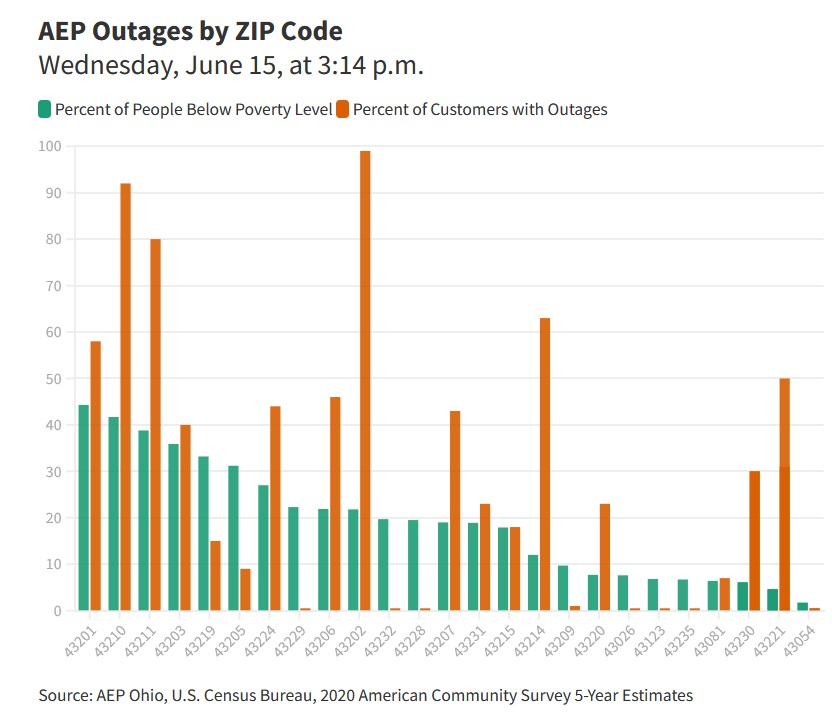
Be the first to comment on "Utility Accused of Disproportionately Disconnecting Service in Low-Income Neighborhoods “to preserve the grid”"